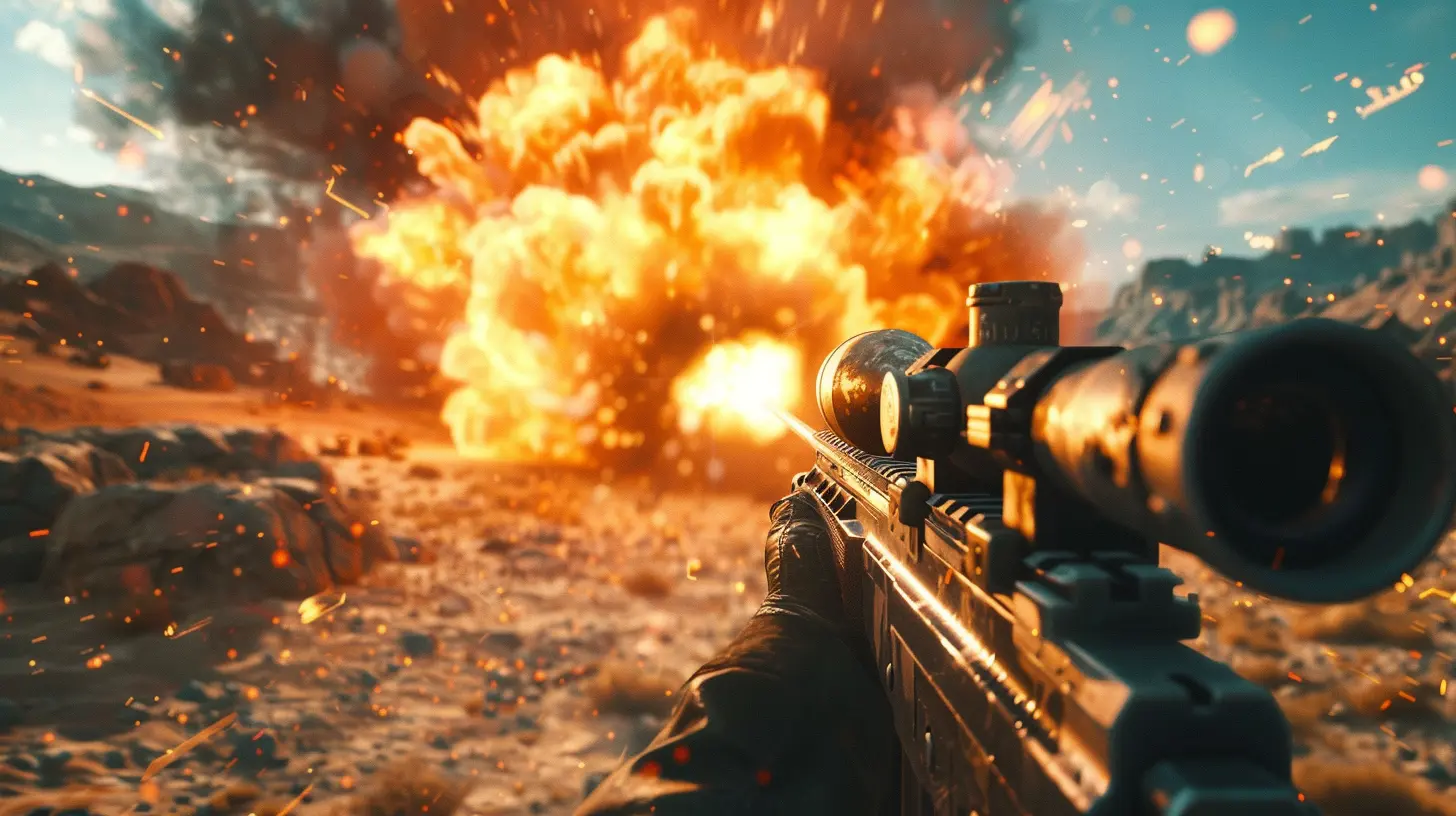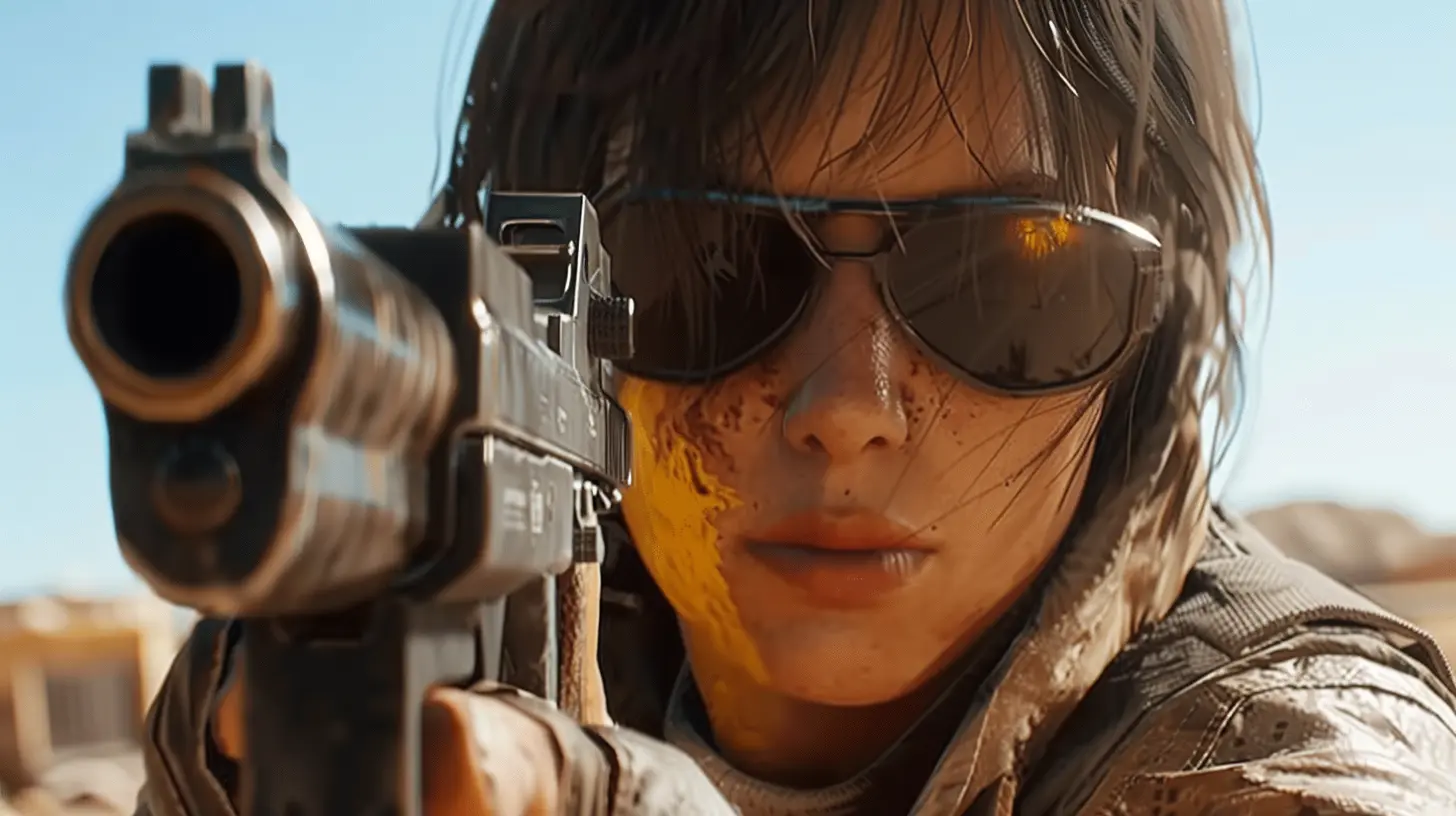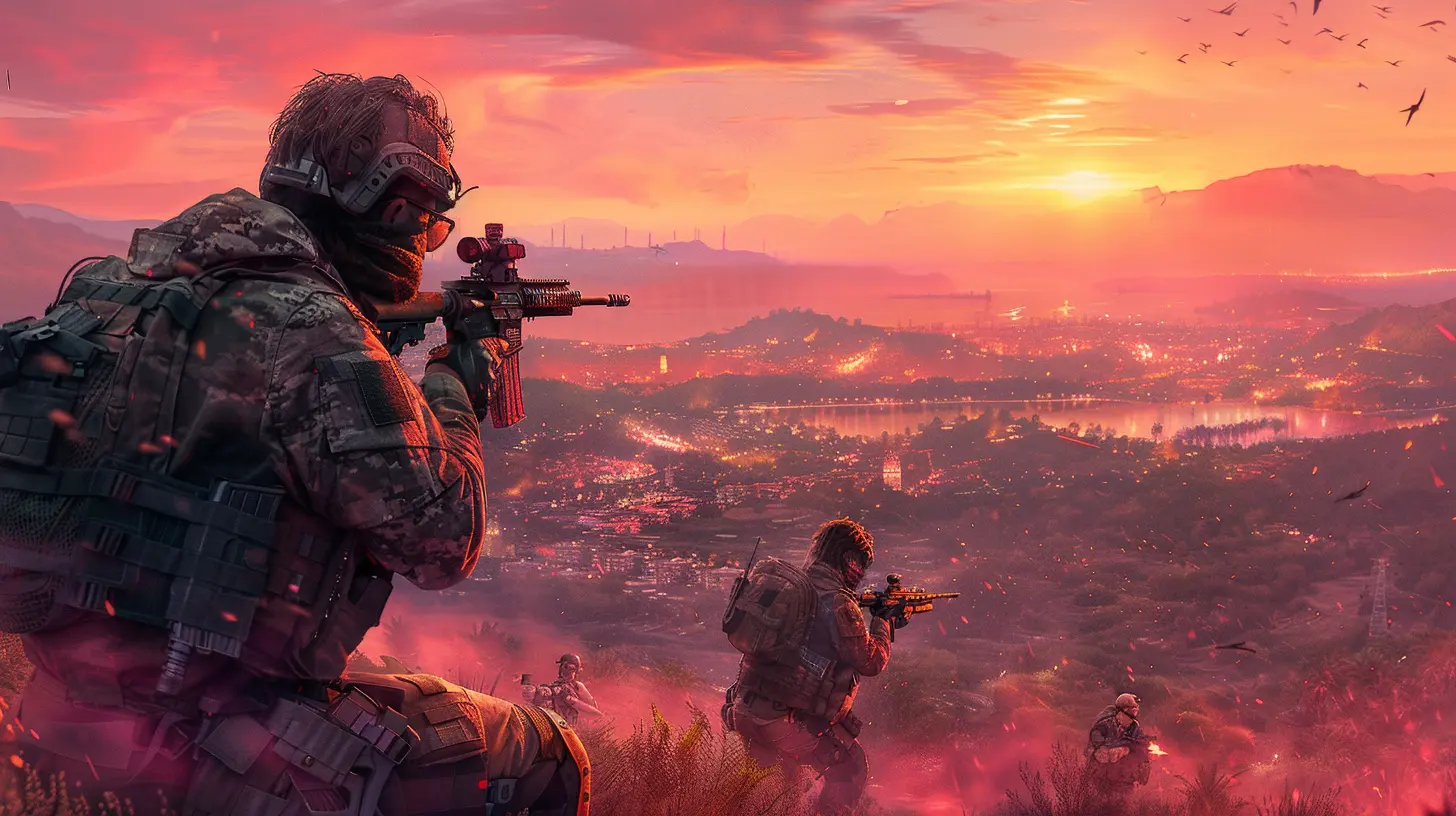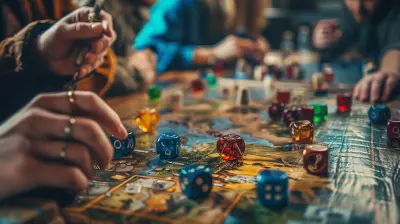Understanding Gun Recoil and Ballistics in Battle Royale Shooter Games
15 November 2025
If you've ever dropped into a battle royale match, felt the adrenaline rush, and then missed every shot because your aim looked like you were trying to paint the sky instead of hitting enemies—congrats, you're not alone! Gun recoil and ballistics can be tricky beasts to tame in battle royale shooter games, but mastering them? That’s what separates the casual players from the champions.
In this deep dive, I’ll help you understand what gun recoil and ballistics actually mean in gaming, why they’re so important, and share practical tips to improve your in-game performance. Let’s go!
What Is Gun Recoil in Shooter Games?
Let’s start simple. Ever notice how your crosshair jumps up or sideways after firing a weapon? That’s recoil in action. Gun recoil is essentially the movement or “kickback” of your weapon after you shoot. It’s designed to mimic the behavior of real firearms, adding a layer of realism and skill to gameplay.Types of Recoil
Recoil in shooter games typically falls into two categories:1. Vertical Recoil
This is when your weapon "kicks" upwards after you fire. Think of it like a spring—you push down (fire a shot), and it recoils back up.
2. Horizontal Recoil
This refers to side-to-side movement while firing. Picture a shopping cart with a wobbly wheel - that chaotic sway is horizontal recoil.
Game designers love to mix and match these two, meaning every gun has its own unique "feel" when firing. That’s why you might be deadly accurate with an assault rifle but absolutely terrible with an SMG. It’s all about learning how to handle each weapon’s quirks.
Why Does Recoil Matter in Battle Royale Games?
Here’s the deal: recoil management can make or break your performance in a battle royale. These games are punishing; you only get one life. Land a clean spray onto an opponent, and you’re one step closer to grabbing that victory royale. Miss because of wild recoil? Say hello to the spectate screen.Recoil impacts:
- Accuracy: The less control you have, the fewer bullets hit your target.
- Efficiency: Wasting ammo in battle royale is a rookie mistake. Every bullet counts.
- Combat Confidence: Let’s be real, whiffing a full magazine of shots is demoralizing. Having control over recoil boosts your confidence in fights.
The Science of Ballistics in Games
Okay, let’s shift gears and talk ballistics. If recoil is all about controlling your gun, ballistics is about understanding how your bullets behave after they leave the barrel. In most battle royale games, projectiles aren’t just laser beams—they follow physics.Key Elements of Ballistics
- Bullet Drop: The farther your bullet travels, the more gravity pulls it down. In simple terms, long-distance shots will require you to aim higher. Think of it like tossing a ball—it doesn’t fly in a straight line forever, does it? Bullets work the same way.- Travel Time: Bullets in games often don’t hit instantly (unless it’s a "hitscan" weapon). They take time to reach their target. If your enemy is running, you’ll need to lead your shot, aiming where they’re going—not where they are.
- Damage Falloff: Some guns lose damage over distance. That SMG you’re spraying? It might be hitting like a wet noodle at long range.
Why Does Ballistics Matter?
Ballistics might seem intimidating at first, but understanding them gives you an edge. Long-range engagements, in particular, rely heavily on mastering bullet behavior. Sniping someone at 300 meters? That’s not luck; that’s skill.
Practical Tips to Dominate Recoil and Ballistics
Now that you’ve got a decent understanding of the mechanics, let’s talk about how to actually apply this knowledge in-game. Theory is nice and all, but winning gunfights? That’s the real prize.1. Master Spray Patterns
Most shooter games have predictable recoil spray patterns. For example, when you hold down the trigger, the gun might move up and to the right. To counter this, you need to move your mouse (or thumbstick) in the opposite direction—down and to the left. It’s like a dance move. Practice in the game's training mode until it feels instinctive.2. Practice Burst Firing
Instead of holding down the trigger, try firing in short bursts. This reduces recoil and keeps your shots more controlled. It’s like tapping the brakes on a car; if you slam them, you’re more likely to lose control.3. Adjust Your Sensitivity
Your sensitivity settings can have a massive impact on recoil control. Too high, and your aim will feel jittery. Too low, and you’ll struggle to track moving targets. Experiment to find a setting that feels comfortable for both small adjustments and larger flicks.4. Learn Gun-Specific Ballistics
Each weapon in a battle royale often comes with its own personality. Take the time to test different guns to understand how they behave at various ranges. Where does the bullet drop start? How far can you expect consistent damage?5. Use the Right Optics
Scopes and sights can help with recoil and ballistics. A red dot, for example, gives better visibility for close-to-mid-range fights, while a 4x scope is ideal for long-range engagements. Stick with optics that suit your playstyle and the situation.6. Positioning Is Key
Gun mechanics are easier to manage when you’re in the right spot. Fight from cover, avoid wide-open spaces, and try to catch enemies off-guard. Good positioning can sometimes make up for lackluster shooting skills.Common Mistakes to Avoid
Even the best players mess up sometimes. Let’s talk about some common pitfalls to steer clear of:- Panic Firing: Spraying wildly under pressure is a death sentence. Take a breath, aim, and control your fire.
- Ignoring Weapon Attachments: Attachments like compensators, grips, and extended mags can drastically improve a gun’s performance. Always loot them when possible.
- Forgetting to Lead Shots: For guns with travel time, aim where your target will be, not where they are.
- Overestimating Range: Not every gun is effective at long distances. Don’t try to snipe someone with an SMG—it’s like throwing pebbles at a tank.
How To Practice Recoil and Ballistics Skills
Improving takes time, but here are some effective ways to level up:1. Hit the Training Ground: Most battle royales have practice areas. Use these to test guns, learn spray patterns, and practice long-range shots.
2. Watch the Pros: Study how top players approach gunfights. Pay attention to their positioning, aim, and recoil control.
3. Experiment in Real Matches: Training is great, but nothing beats real-world scenarios. Push yourself to take fights and learn from mistakes.
Final Thoughts: Skill Over Luck
Mastering gun recoil and ballistics in battle royale shooter games isn’t easy—it takes time, effort, and a lot of trial and error. But trust me, it’s worth it. The more you understand how guns work and how bullets behave, the more confident and deadly you’ll become. So, next time you pick up that assault rifle, remember: it’s not just about pulling the trigger; it’s about controlling the chaos.all images in this post were generated using AI tools
Category:
Battle RoyaleAuthor:

Stephanie Abbott

